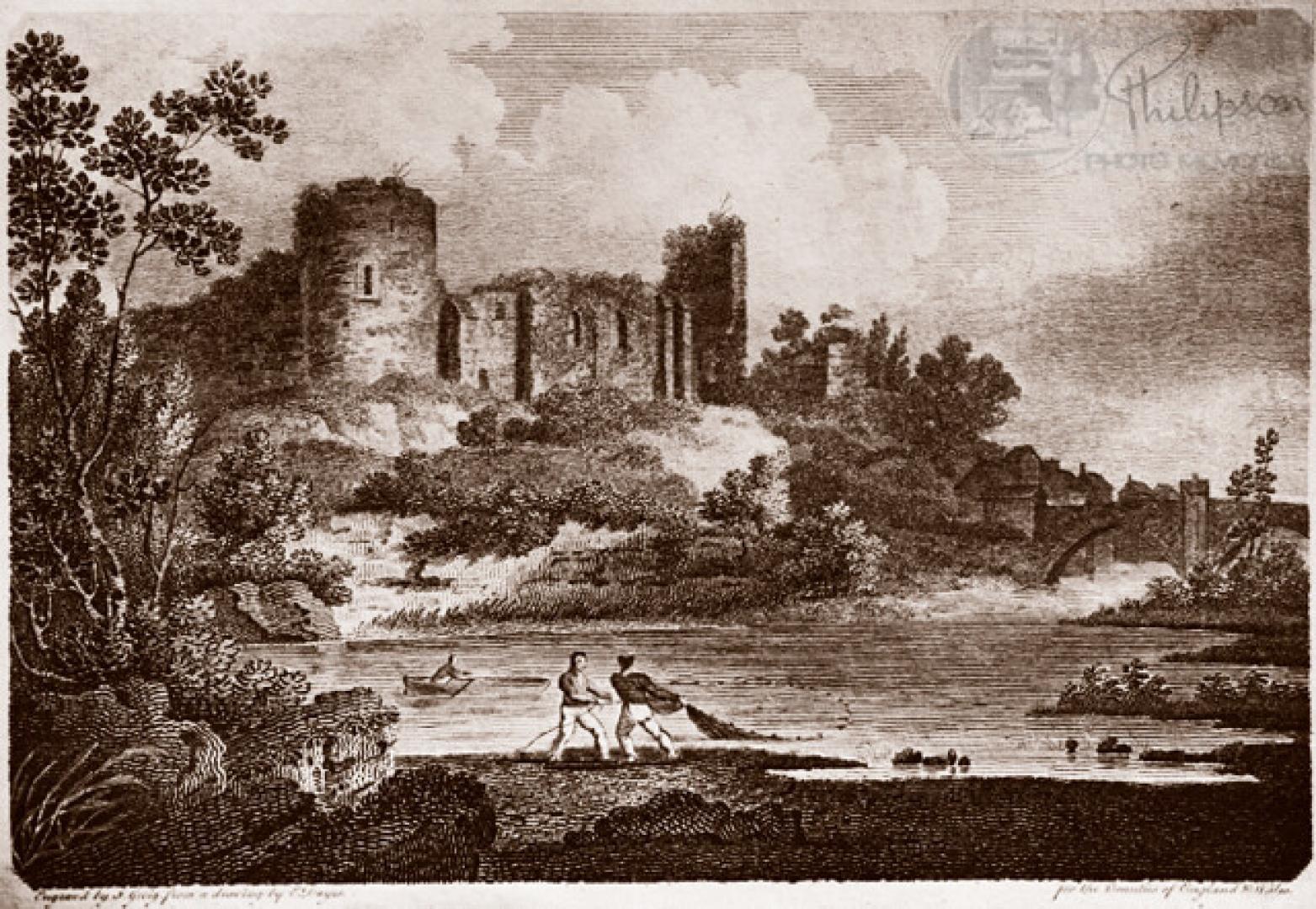TEESDALE U3A
THE speaker at the January meeting was John Moreels. John spent his working life in the printing, graphic design and photographic industries in Newcastle.
In 1996 he took over the premises previously occupied by Ward Philipson.
When he looked in the attic of the building he found 450 boxes containing more than 200,000 slides, microslides, glass plates, negatives, etchings, engravings and original photographs, showing images of the North East over the last 300 years.
He established a major project to identify and record them. Heritage Lottery funding was obtained and with the help of a dedicated group of volunteers, 15 per cent of the images have now been digitised and identified. A website has been set up which is being continually updated and which already includes 15,500 images. John showed us a selection of his nostalgic views of the North. Many of these images are historically important, eg there are some of the Tyne Bridge in the 1700s with its nine arches, before the bridge was washed away in the storms of 1771.
The swing bridge is now on the same site.
There are many images of other bridges including the original Wearmouth Bridge opened in 1796 with cliffs in the background (artistic licence).
At the time this was the largest single span suspension bridge in the world. The Transporter and Newport Bridges, in Middlesbrough, are also featured.
There are images of castles, including Richmond, Barnard Castle, Langley and Bamburgh with its large windmill, now offices for the castle.
Lots of coastlines are featured including Saltburn with its original 450m pier designed to enable steamers to dock.
There are lots of arial views including The Bowes Museum, Durham Cathedral and Castle, Darlington and many factory, shipbuilding and mining sites.
There are adverts eg from Cowies, showing the latest BMW Isetta bubble car and one for Double Maxim, offering a free pen with two bottles. Images of working women are featured including in fields, at Paddy’s Market, and selling flowers and fish.
There are many showing children, usually unsupervised and in bare feet, apart from one showing “paper boys” wearing smart shoes, hats and suits.
We were reminded of the reuse of old pram wheels for bogies and barrows. Some boys bathed outside in tin baths and even cut their hair at the same time. Some of these pictures pose as many questions as answers.
This was a nostalgic trip down memory lane and a reminder of the part that the North East has played in the country’s history including industrial development.
The project is impressive and John and his wife, Sheila, are working closely with many of the museums in the area to share the information obtained.
Volunteers to help with the project are welcome. The third edition of their Photo Memories book was available for purchase.
The vote of thanks was given by Annie Clouston. The speaker at the February meeting is Professor Grenville Holland, who is speaking about the Apollo 11 expedition and the origin of the moon.
For more information about U3A contact Ian Reid on01833 631304.
Ian Reid





